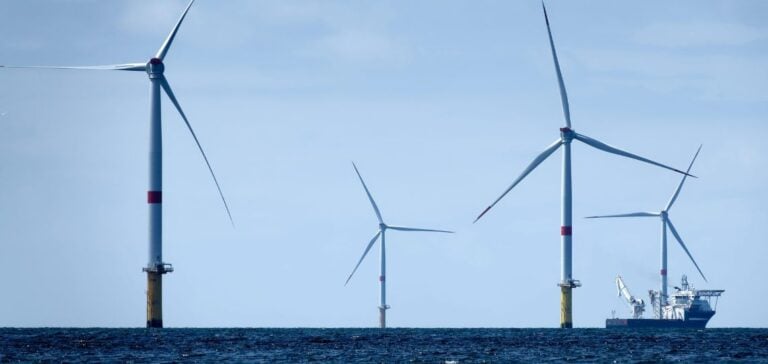RWE decides to invest in Nordseecluster, an offshore wind project with a total capacity of 1.6 gigawatts (GW). The project will be implemented in two phases: Nordseecluster A and B.The wind farms will be located in the North Sea, around 50 kilometers north of the island of Juist. Construction of Nordseecluster A, with a capacity of 660MW, will start in 2025, with full commissioning scheduled for early 2027. Phase B, with a capacity of 900MW, will start in 2027, with full commissioning scheduled for early 2029. Sven Utermöhlen, CEO of RWE Offshore Wind, said: “Our portfolio already includes six offshore wind farms off the German coast. The Nordseecluster will add two more. This sends a strong signal for the energy transition in Germany and for RWE.”
Contributions to industrial decarbonization
Nordseecluster is expected to generate around 6.5 terawatt-hours of green electricity per year, making a significant contribution to the decarbonization of industry in Germany. RWE will use the green electricity generated by these wind farms to offer customized energy solutions to its industrial customers, including AI data center operators. Nordseecluster A and B projects will benefit from synergies in construction and operation thanks to the size of the cluster.
Experienced partners for successful implementation
To implement the Nordseecluster, RWE has chosen experienced partners: Atlantique Offshore Energy, the marine segment of Chantiers de l’Atlantique, will supply two offshore transformer substations. Hellenic Cables will manufacture the cables, while the wind turbine foundations will be manufactured by Dajin Offshore and installed offshore by Van Oord. Vestas will supply the V236-15.0MW wind turbines, each with a capacity of 15MW. The turbines will be transported and installed by Havfram Wind, using the “Norse Wind” and “Norse Energi” installation vessels. RWE will not have to make any lease payments to the German Federal Network Agency (Bundesnetzagentur) for the Nordseecluster sites, making the project even more economically attractive.
RWE’s overall growth targets
Over the past 20 years, the company has commissioned 19 offshore wind farms, including six off the German coast. RWE has set itself the target of tripling its global offshore wind energy capacity from the current 3.3GW to 10GW by 2030. This project is part of a global strategy to increase the share of renewable energies in RWE’s energy mix and help reduce CO2 emissions.






















